It’s never too early to start preparing for your retirement years — even if they’re 20, 30, or 40 years away. If you haven’t started preparing, here’s your sign to do it now. You’ll be giving yourself more time to collect savings and create safety nets that you can rely on when you don’t have to clock into work anymore.
So, how do you start? You should look into these four investments that will help you retire comfortably.
1. 401(k)
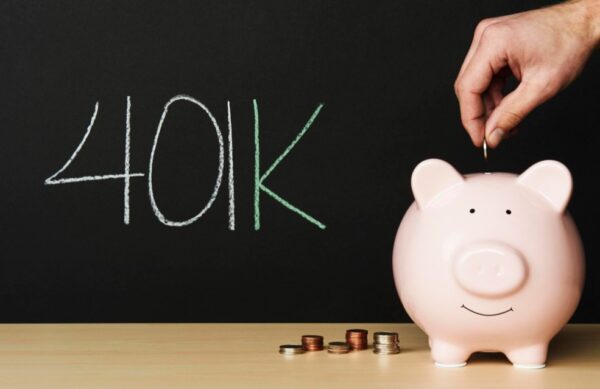
A 401(k) is a retirement investment account and savings plan sponsored by your employer. As an employee, you get to join in this sponsored plan after reaching a minimum employment period — this is commonly a few months after you’ve been hired full-time. Once you’ve joined, you can deposit a portion of your paycheck into this savings plan on a monthly basis.
How can you maximize your 401(k)?
- Avoid making early withdrawals.
- Take advantage of matching contributions.
- Diversify your investments to help your savings grow.
2. IRA
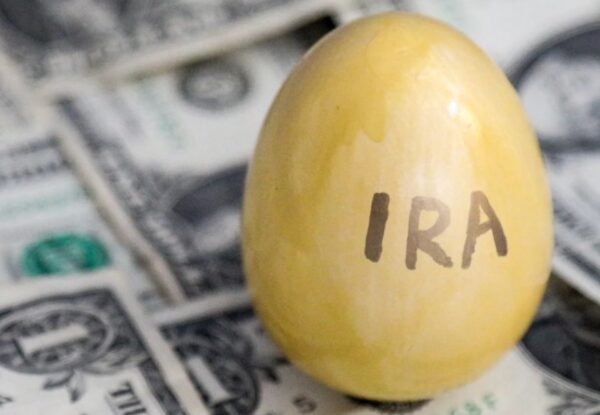
An Individual Retirement Account (IRA) is another investment tool that can help you have a comfortable retirement in the future. It’s similar to a 401(k), but you don’t have to access it through your employer. Any adult can open an IRA with the help of a broker or bank. So, if you can’t sign up for a 401(k), you should turn to this alternative.
Even if you can enroll in a 401(k) through your employer, you should consider opening an IRA. Why? One of the main benefits of this retirement account is that you exclusively own it. With a 401(k), you’re more of a contributor than an owner.
Your employer could change the terms of your plan without your permission, and if you lose your job, you will not be able to make any more contributions. An IRA is all yours.
3. Emergency Fund
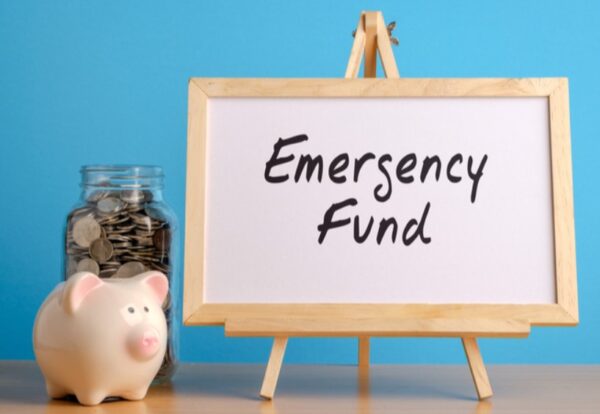
An emergency fund is a collection of personal savings reserved for urgent, unplanned expenses. When you encounter an urgent, unplanned expense (for example, repairs for a leaking roof), you can turn to your fund for help. You can withdraw the necessary funds to cover the expense right away without disrupting the rest of your finances.
How can you maximize your emergency fund?
- Automate your savings through online banking. That way, you’ll never skip a contribution.
- Move your fund into a high-yield savings account.
- Never make withdrawals until it is absolutely necessary.
How can this help you prepare for a comfortable retirement? An emergency fund can stop you from sabotaging your retirement savings while you’re still building them. It can be tempting to withdraw from your nest eggs to manage urgent expenses. By having a collection of savings reserved for these types of problems, you don’t have to undermine your retirement savings — in fact, you can help them thrive.
What if you don’t have enough emergency savings? If you don’t have enough savings to deal with an urgent expense, you still shouldn’t make an early withdrawal from your retirement savings.
A better alternative could be applying for a personal line of credit in your home state and using that to cover the expense in a short amount of time. You can check out CreditFresh to see whether you meet the qualifications to apply for a line of credit. If you do, you can fill out an application there and see whether you get approved.
4. Real Estate

Buying a house is an incredible investment that can really come in handy during your retirement, especially if your mortgage is completely paid off. Your house can help you accomplish three things, depending on your needs: generate passive income, take out a reverse mortgage or downsize.
Generate Passive Income
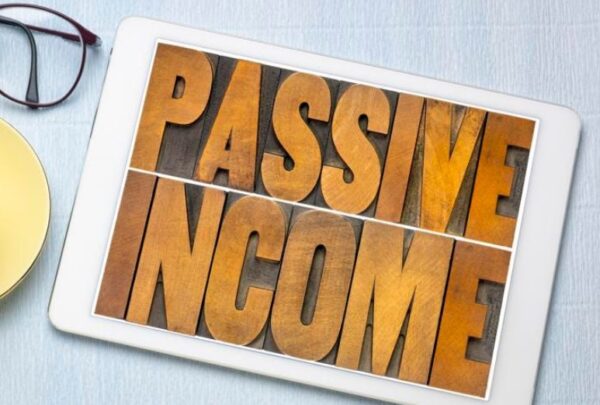
If your property is large enough, you could use it to generate passive income by turning a portion of it into a rental space. Or, if that’s too much of a commitment, you could turn it into a temporary vacation spot by becoming a host for Airbnb.
However, passive income should never be used as an alternative to savings because it could disappear at any moment. It’s unreliable. If you’re renting out the space, your tenant could move out, and it could take you months to find a good replacement.
If you’re an Airbnb host, visitors might cancel their bookings of your room at the last minute. Or a situation like the COVID-19 pandemic could happen, putting most travel plans on hold and leaving your pockets empty. Plan to use your passive income as an addition to your savings, not an alternative to them.
Taking Out a Reverse Mortgage

If you’ve paid off your mortgage and own the home, you could take out a reverse mortgage loan. This loan allows you to borrow against your home’s equity and use the funds how you see fit, as long as you continue to pay property taxes, insurance and fees.
Unlike a traditional mortgage, you are not expected to repay the loan. The loan is repaid when the property is sold — either when you move or pass away, and your heirs sell it for you. The profits from that sale go toward the loan. If there are any remaining proceeds from the sale, you (or your estate) can pocket them.
Homeowners that are 62 years old or older can do this. So, it could be a good option to think about during your retirement years, especially when you feel like your retirement savings aren’t enough.
Downsizing
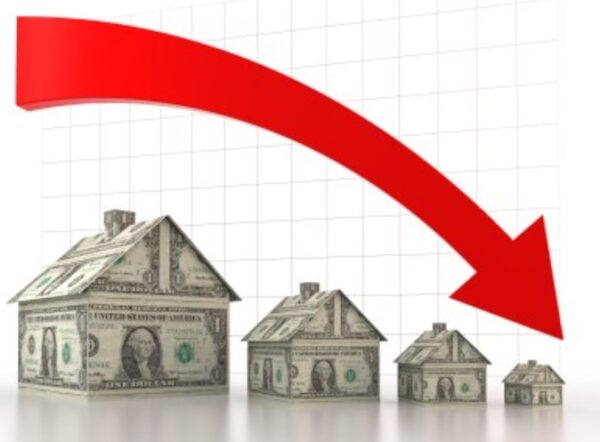
In terms of real estate, downsizing means moving to a smaller, less valuable property. You can start the process by putting your home up for sale. Once you’ve found the right buyers, you can use the profits from the sale to get a newer, smaller home. Any money that you have leftover should be placed in your savings.
Downsizing can be a really smart move during your retirement, especially when you’re finding it difficult to keep up with the bills and maintenance fees of your current property. And while your current house is a good fit for you right now, it might not be when you’re older. You’ll have different needs in your golden years.
How so? You might develop a chronic ailment that requires you to use a mobility aid to get around. So, it will be important to live in a space that doesn’t have narrow hallways, cramped doorways, steep staircases and inaccessible bathrooms. If your current home has all of those features, moving to a more retirement-friendly location could be your best decision.
You don’t want to get close to your retirement with no savings or safety nets set up for yourself. You want to make sure that you’re good and ready for the years ahead. So, look into these four investments and see which ones you can use to prepare for your future.



















